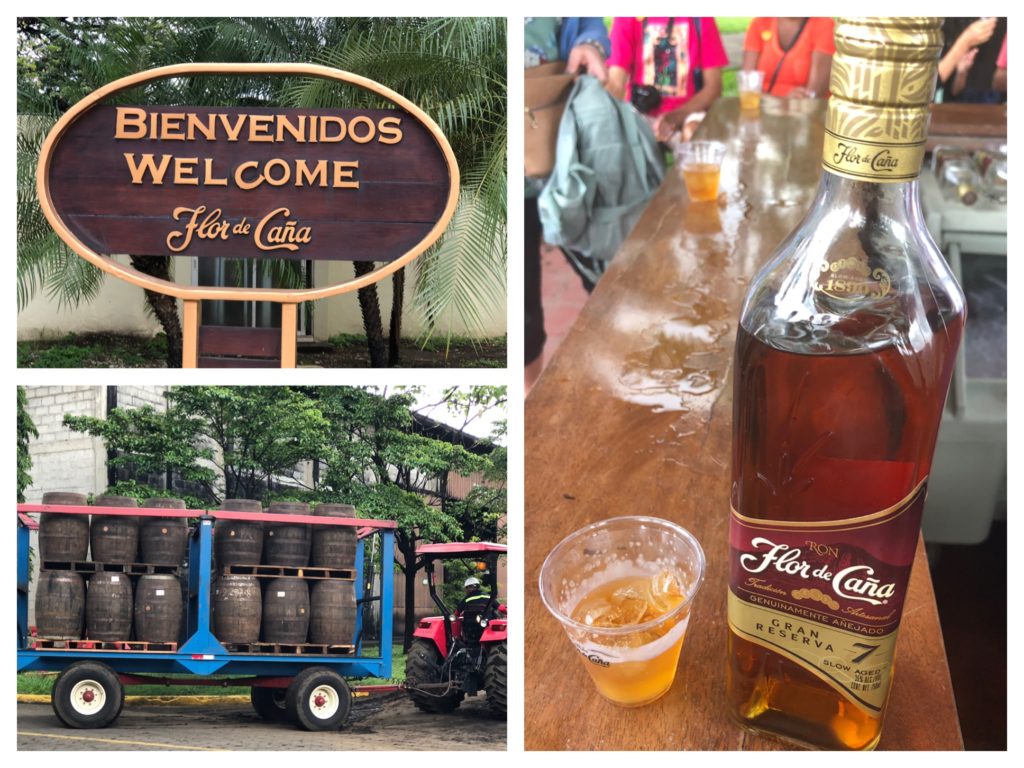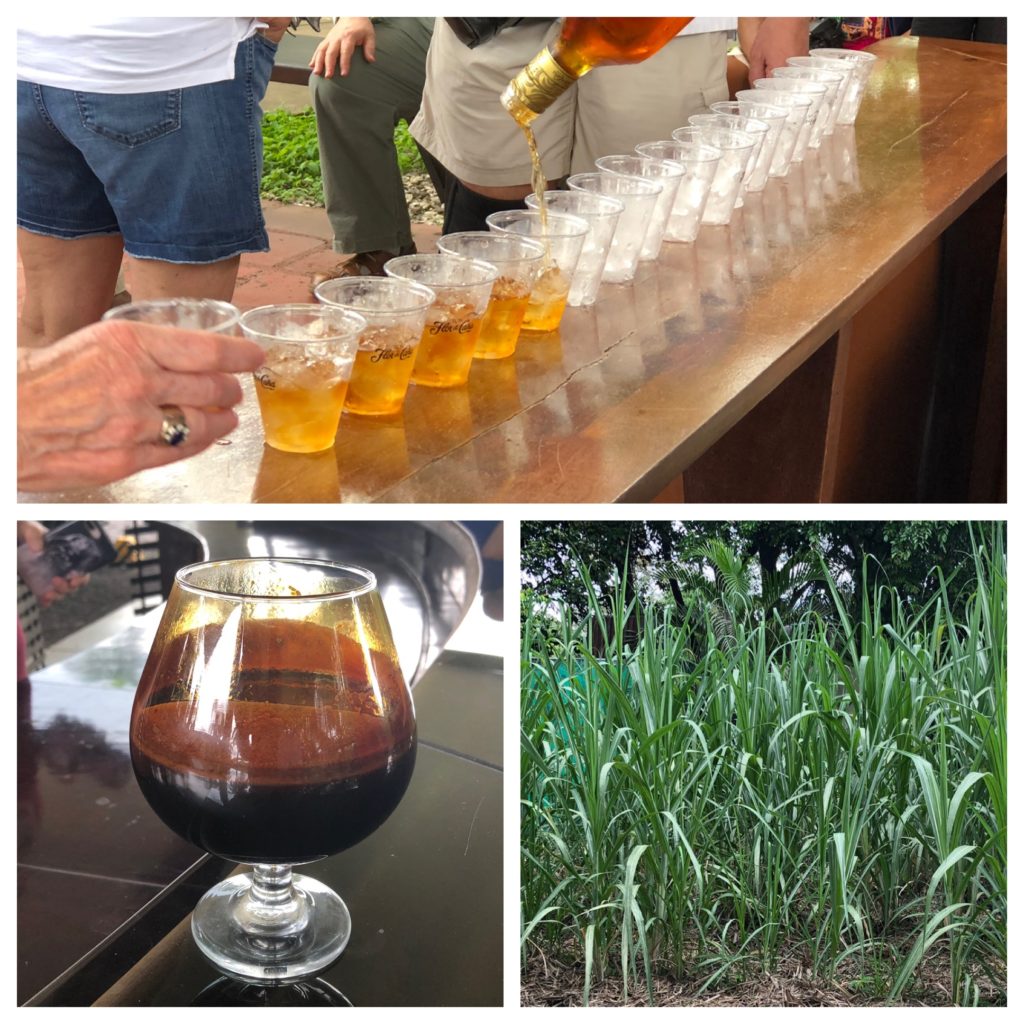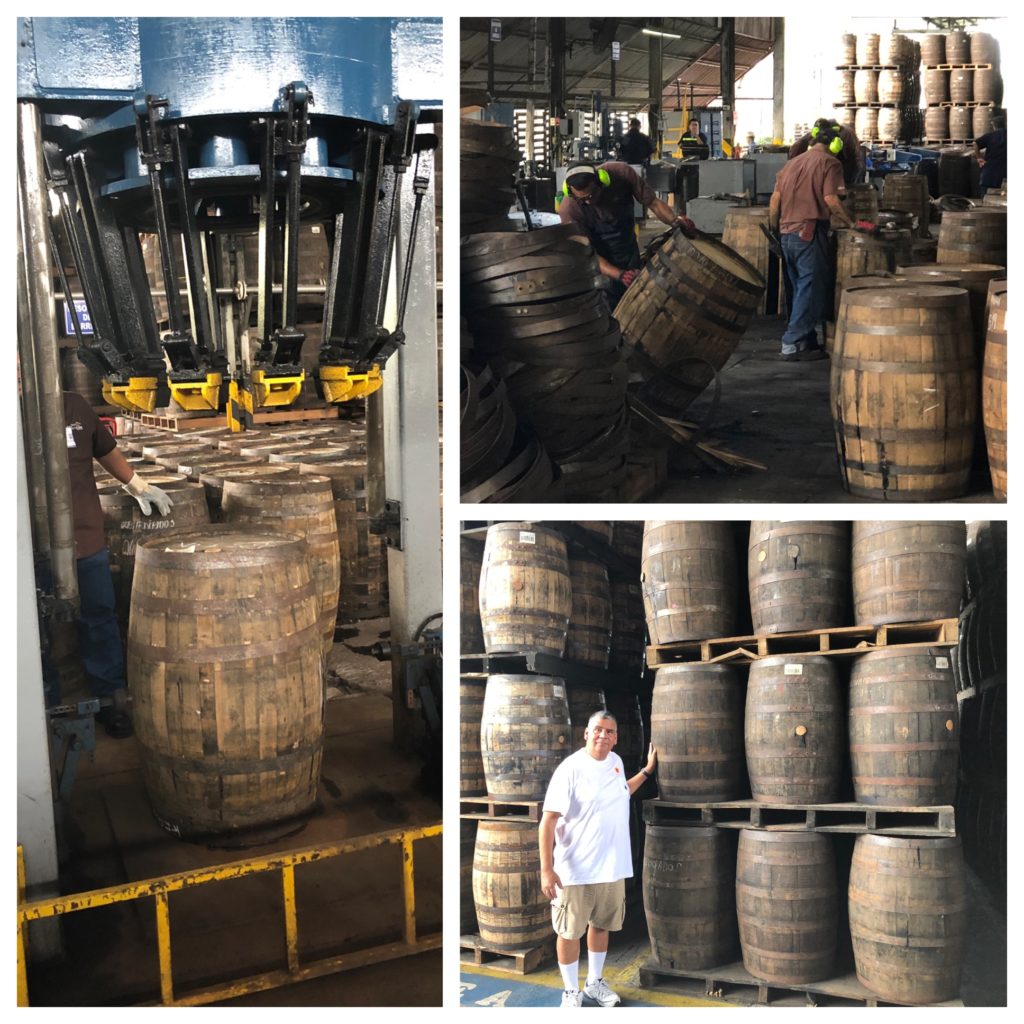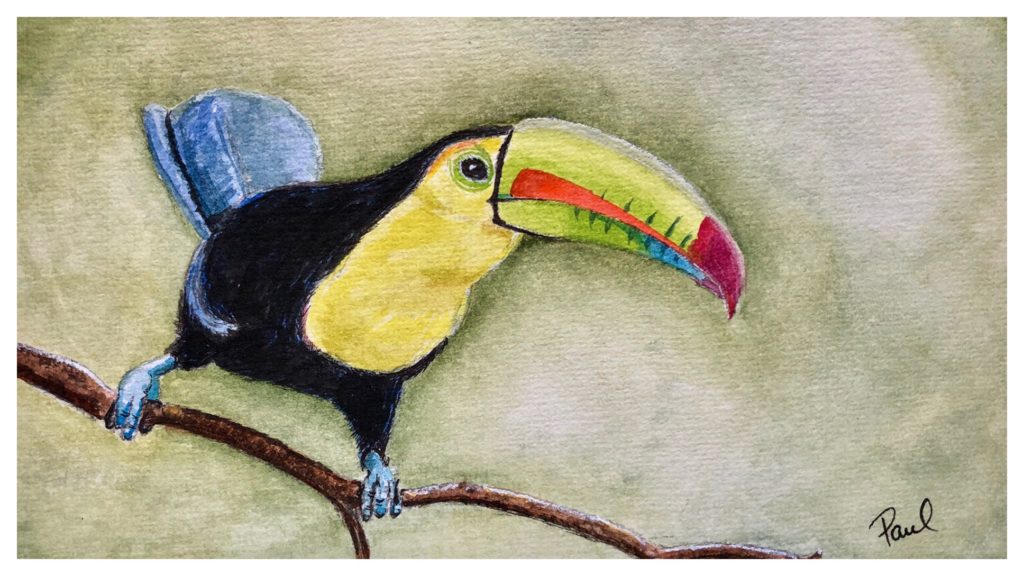Today we arrived in the resort city of Cabo San Lucas located at the tip of Baja California on the Sea of Cortés. It’s one of Mexico’s top five tourist spots. The coastlines are filled with hotels and timeshare condos. It’s a great place for boating, diving, deep sea fishing, parasailing, and just laying around on the beach or partying in the numerous restaurants and bars. The harbor is filled with boats offering fishing trips and visits to other more isolated beach locations for a very reasonable price. Certainly it would be worth visiting for a relaxing vacation in the sun.



We had been here before so we didn’t schedule an excursion. We were only here for abut five hours so we just walked around the harbor/town taking in the sights and having a bit of lunch.


As we walked around the harbor we were excited to see all the various tropical fish swimming around. Ron took some great pictures of the fish in the water. We believe the blue and yellow fish are “puffers”. We also saw the sea urchins and crabs.

Lunch was at a restaurant called “Tacos Gardenias”. It was located a few blocks off the harbor but it was well worth the walk. It’s not a fancy place but all the tortillas are made fresh to order and the taco fillings were delicious. We were able to watch the women in the kitchen as they prepared everything. Ron ordered a shrimp taco and a chicken mole taco (pictured below). Paul ordered a shrimp taco and a beef burrito. They were all served plain (tortilla and meat only) but they set out about 10 bowls of toppings as well. We could have sat here all day but we had to head back to the ship.

As we left the harbor we got a great view of the Cabo’s famous “El Arco” (Arch of Cabo San Lucas).

Next up, San Francisco!
Today was a late arrival so we didn’t arrive in Huatulco until 2:00pm. However we’re not leaving until 10:30pm.
Huatulco is a small tourist town but very beautiful. We were able to walk into town from the ship in just a couple of minutes. It was crowded today as a fishing contest had just started with a cash prize of $10,000! After today’s excursion we still had plenty of time for a little shopping and a meal of nachos before heading back to the ship. The Amsterdam really looked great all lit up.

Our excursion today was entitled “Rural Communities & Traditions”. We traveled on dirt roads out into the countryside visiting 4 small rural communities. Our guide pointed out that each of these and many other small communities had three buildings that defined the center of town: a church, a school, and, a basketball court(!). She was right.

Our first stop was a community that specialized in hand-woven palm leaf items e.g. baskets, purses, mats, etc. We also saw a demonstration of their weaving.

Next stop was at a local cactus farm growing a variety of cactus called “nopales”. We were invited to make tacos with homemade corn tortillas, nopales w/scrambled eggs, and nopales salad. Very tasty. The farmer grows hundreds of plants and sells them at the local markets everyday. And, when a farmer says a salsa is spicy, believe him.


Up next was a visit to the local medicinal plant garden. Since medical facilities are not readily available, local residents use homegrown remedies to cure their ailments. We could buy packages of the plants for our own use but not sure we could get them thru Customs in the U.S. The daughters of the garden owner were happy to show us their pet parrot.

We moved on to our next stop at a rug weaving shop. The weaver demonstrated how he made his woolen yarn. Next the guides explained the local ingredients used to dye the yarn. One of the ingredients used to make the red dye is actually the cochineal insect which lives on cactus. His rugs were very beautiful and very reasonably priced as well. We couldn’t help ourselves so we bought one for home.

Lastly we went to a local cantina where were were treated to homemade tortillas and black bean tamales made by the owner’s grandmother in a mud brick hut and simple kitchen equipment. Again the food was very tasty. The owners daughter also sold hand decorated table linens.

A short time later we headed back to Huatulco. It was satisfying to know that people still exist who can make great handicrafts and are continuing to pass on their knowledge to younger generations.
As with Corinto, we arrived around 7:00 am. We had been here in 2017 and visited the Mayan city of Tikal. As with most port towns there’s usually not a lot to do or see. So we took an excursion to the city of Antigua.
Antigua is an old city in the central highlands of Guatemala. It sits between three volcanoes: Volcán de Agua or “Volcano of Water”, Acatenango, and, Volcán de Fuego or “Volcano of Fire”.

Volcán de Fuego is almost always in a state of eruption. While most eruptions are small, such as the one we saw on the trip (volcano on the left), it has produced several large eruptions over its history with the last ones in June & November 2018. These eruptions produced large pyroclastic flows and lahars. We passed by several areas of destruction caused by these events.

In spite of its location it is still a popular tourist spot due to its preserved Spanish Baroque influenced architecture as well as its ruins. One of it’s most popular sites is the Santa Catalina Arch. It was an overcast day but you can see a bit of Volcán de Agua through it.

Upon our arrival we were met by a group of local guides offering their services. So for $30 we got our own private guided tour around the city for a little over 3 hours!
One of the stops we visited was the “Convent of the Capuchins”. There were many convents built here but our guide told us this was the best example. Construction started in 1731 and it opened in 1736. However due to damage caused by several large earthquakes, it was abandoned in 1773. The nuns lived in cells around a circular hall that had previously been covered by a dome.

The convent’s central courtyard with its working fountain was surrounded by various workrooms, dining room, and kitchen. Even today it looks very inviting.

On the second floor and up a flight of stairs, we entered the church loft. It must have been beautiful at one time. A trapdoor in the church floor below takes you to the crypt. Sadly it isn’t open to the public. That’s our guide (locals know him by the nickname of “Coyote”) talking to Paul.

Another stop was a visit to the laundry.

We also visited the orchards, storage rooms, and another burial crypt. Yet, despite all of the destruction, it’s great to see that some of the rooms are currently used as offices and conference rooms by the local government.
We continued our tour around town visiting other ruin sites, markets, and finally ended up at the city square where we had lunch in one of the nearby restaurants.

Our last stop was at the current Antigua Guatemala Cathedral. As with many of the other buildings, it’s been severely damaged by earthquakes but rebuilt.



We arrived in Corinto around 7:00 am and were greeted by a band and some of the local children who performed several dances for us. Very entertaining. The band stayed around most of the day.

We had visited Corinto in 2017 and decided to make it an easy day. So today’s excursion was a visit to the Flor de Caña rum distillery.
It was a short drive to the site where we were immediately greeted with a shot of 7 year old Rum. Our guide gave us a quick explanation of how sugarcane is turned into sugar and molasses. We also got to smell a sample of the molasses they use in the fermentation process to make rum.


Up next on the tour was barrel making. These oak barrels are imported from the US and other countries and refinished here using a local plant fiber to seal them. They’re then sent to the banding machine where tremendous pressure is applied to the barrels and the metal bands are seated into the final position. The barrels are then tested for leaks.
A stack of the empty barrels made a great photo op.

Unfortunately the tour didn’t include a tour of the barrel filling facility but they did take us to one of aging buildings. We couldn’t take pictures here due to the fire hazard of the evaporating alcohol from the barrels in the air. The smell was so strong that you might get intoxicated with a prolonged exposure. This building was a small one and only held a few thousand barrels. Aging buildings in other locations hold tens of thousands of barrels. Each of the aging buildings contained rum from various production years to protect the vintages in case of fire or other disaster.

Next stop was at the Family Reserve vault. This is where the owners kept the private stock of rum. Now it’s been turned into a tasting room. Here we were treated to a short explanation of how to perform a tasting and then we tasted a special 18 year old rum. Very delicious!

Of course our last stop was at the distillery boutique where we could buy various flavored and aged rums. The oldest rum was 30 years old. We made a couple of purchases, reboarded the bus, and returned to the ship.
Unlike the world cruise, there are no watercolor classes during the repositioning cruise, but Paul did work on an image of a Keel-Billed Toucan like the ones we saw at the port in Cartagena, Colombia.

Here we are again in the Panama Canal. We went into the canal around 7:00 am and we’ll leave on the Pacific side around 5:00pm. Weather today is hot, muggy, and a chance of thunderstorms.
Nothing more to say than what we’ve blogged about before. One item we haven’t mentioned are the white panels along the canal, usually at the bends. They are usually topped with a light.
These are used for ship alignment by the canal Pilot we have onboard to keep the ship in the center of the canal.

It has begun raining and thundering. When it rains it slightly cools down the air. But within minutes the humidity is back and it’s just as muggy as before. Still, it is impressive to see these locks that were built 100 years ago and still work so well.